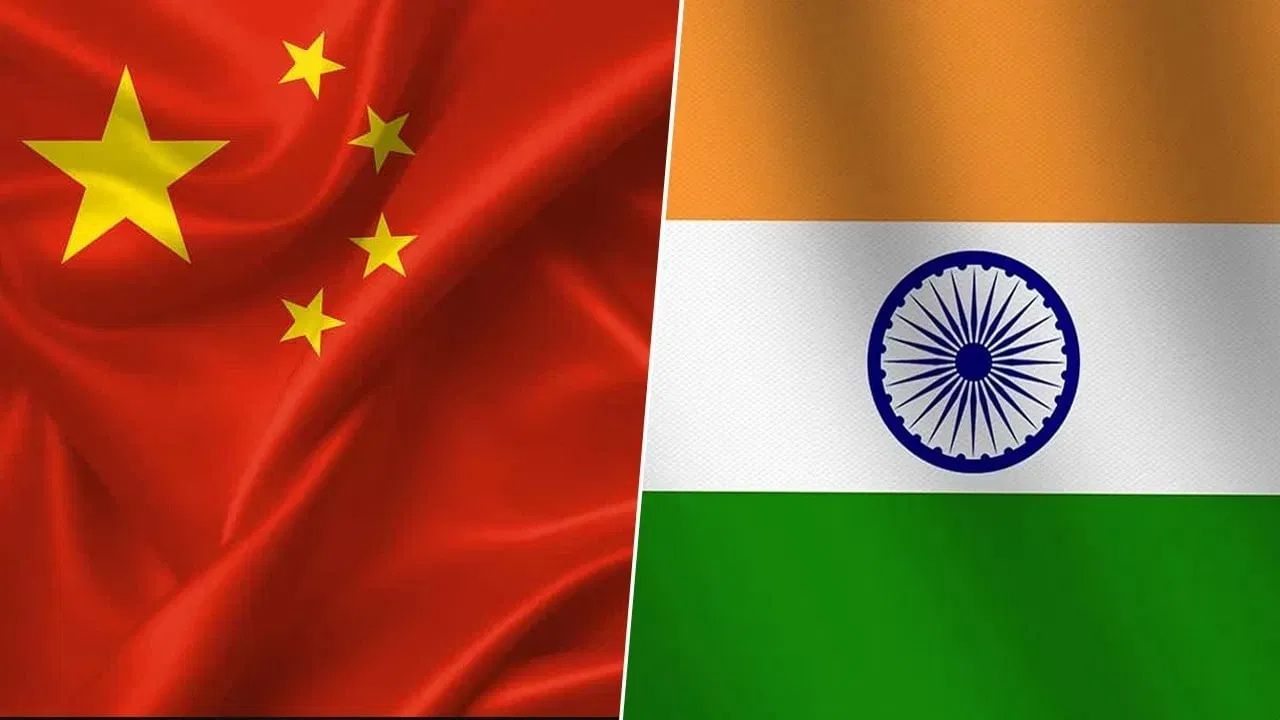India is developing rapidly in electric vehicles (EV) and battery manufacturing. The government has launched several schemes to promote domestic production in this sector, due to which India is now making its place among the major EV markets of the world. But China is unhappy with this increasing success and has filed a complaint against India in the World Trade Organization (WTO).
China says that India’s subsidy schemes violate global trade rules. In fact, China wants India to stop copying it because it considers this rapidly growing Indian industrial strategy as a threat.
What is China’s challenge in WTO?
The focus of China’s complaint is India’s production-linked incentive (PLI) scheme and EV policy. These policies provide subsidies to Indian companies so that they can produce more electric vehicles and batteries domestically. China alleges that these subsidies are against the rules because they do not provide a level playing field for foreign companies and try to reduce imports by promoting local products. Under WTO rules, any such complaint is first attempted to be resolved through consultation. China has also made similar complaints against Türkiye, Canada and the European Union, where support for green technology is being increased.
China’s displeasure with India
In fact, India wants to reduce its dependence on imports keeping in mind its economic development as well as national security. The EV and battery industry is an important part of this strategy. The government has given special incentives to increase domestic production in these sectors so that India can produce high-tech products itself. These policies are gradually working and India is moving towards becoming a big manufacturing centre. This is a matter of concern for China because India’s growing power is challenging its global manufacturing power.
What is China’s real problem?
The interesting thing is that the policies that China is accusing India of are a copy of China’s own industrial policies. For decades, China has promoted its domestic industries with heavy subsidies, cheap loans and protectionist policies. With this strategy it has made it possible to become the world’s largest manufacturing center. Now when India is also adopting this model in a less aggressive manner, China is not liking it.
